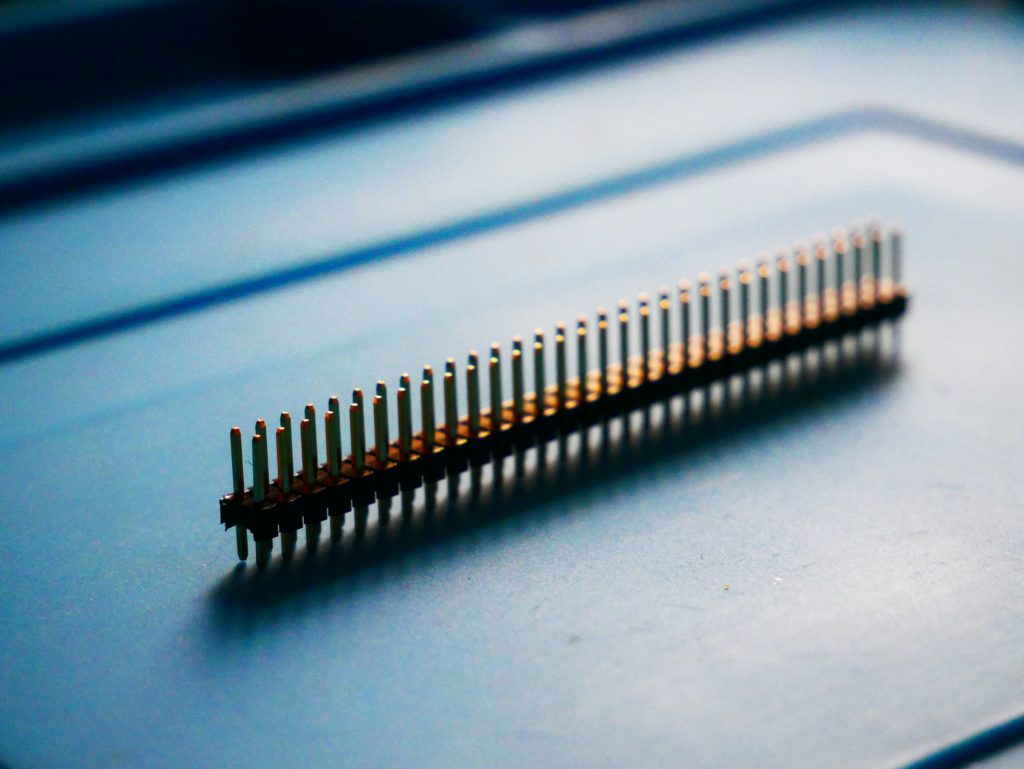The Need For Semiconductor Coopetition
Photo by Vishnu Mohanan on Unsplash THE REASONS TO ADOPT SEMICONDUCTOR COOPETITION The semiconductor design and manufacturing business are highly competitive. As semiconductor design and manufacturing companies compete to increase their market share, a flawless strategy is required. However, achieving perfection in the semiconductor business requires several different factors to come together. The competing process is one such factor. It is vital to focus on the process of competing because it can make or break the future of any given semiconductor company. A lack of focus on the capabilities can push the company towards a course of action that can negatively impact the market share and thus the revenue. Semiconductor companies often have a lot of overlapping business areas. Thus, solutions from one company might well be the driving factor […]
The Need For Semiconductor Coopetition Read More »



